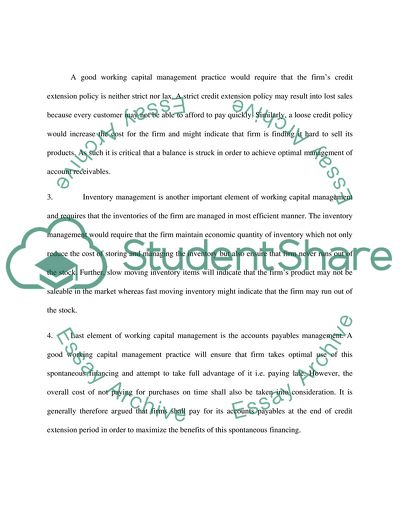Cite this document
(Managing Business and Financial Decision Research Paper, n.d.)
Managing Business and Financial Decision Research Paper. Retrieved from https://studentshare.org/finance-accounting/1742542-managing-business-and-financial-dcision
Managing Business and Financial Decision Research Paper. Retrieved from https://studentshare.org/finance-accounting/1742542-managing-business-and-financial-dcision
(Managing Business and Financial Decision Research Paper)
Managing Business and Financial Decision Research Paper. https://studentshare.org/finance-accounting/1742542-managing-business-and-financial-dcision.
Managing Business and Financial Decision Research Paper. https://studentshare.org/finance-accounting/1742542-managing-business-and-financial-dcision.
“Managing Business and Financial Decision Research Paper”, n.d. https://studentshare.org/finance-accounting/1742542-managing-business-and-financial-dcision.


